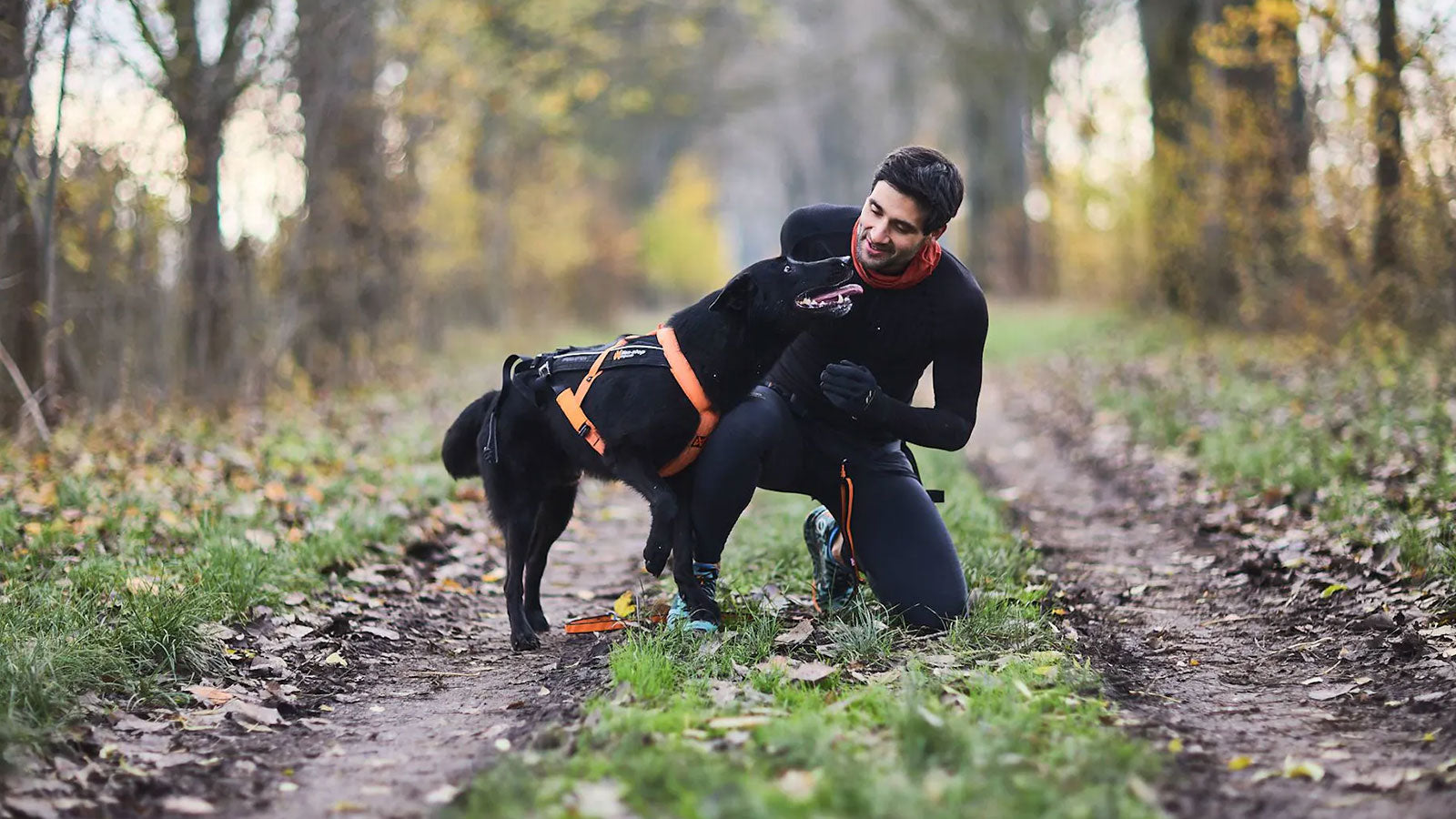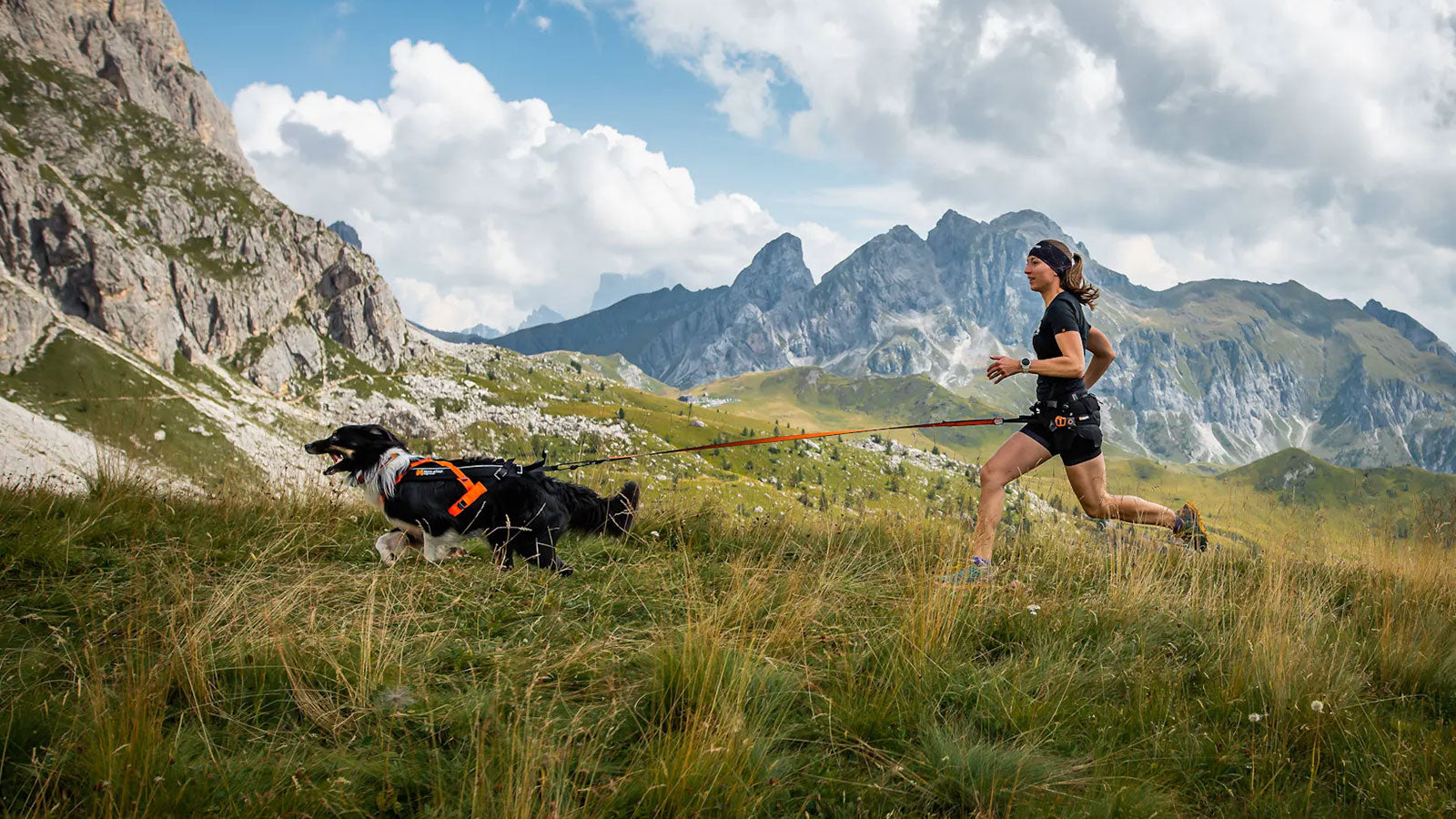Many pet owners have concerns when it comes to starting their dogs on a BARF (Biologically Appropriate Raw Food) diet. Some fear the risk of bowel obstruction, others worry about potential behavioral changes like increased aggressiveness, and many are concerned that the diet might not provide all the nutrients their dog needs.
However, in most cases, the initial transition to a BARF diet goes smoothly. If you feel uncertain about making this switch, the best approach is to seek advice from someone familiar with BARF feeding. If you don't have anyone in your circle who knows about BARF, you can turn to literature on the subject or participate in online discussions. Just be sure to filter and cross-check the information and advice you receive. Additionally, resellers of raw food are often happy to help guide you through the process.
Benefits of the BARF Diet
Transitioning to a raw food diet can provide numerous health benefits for your pet, including:
- Improved Coat and Skin Health: The high-quality protein and essential fatty acids in raw diets promote a shiny coat and healthy skin.
- Better Dental Health: Chewing on raw meaty bones can help reduce plaque and tartar buildup, leading to healthier teeth and gums.
- Enhanced Digestion: A raw diet is closer to what your pet's digestive system is naturally designed for, often leading to smaller, firmer stools.
- Increased Energy Levels: Many pet owners report higher energy levels and improved vitality in their pets after switching to a raw diet.
- Weight Management: The BARF diet, being lower in carbohydrates and fillers, can help maintain a healthy weight.
Understanding the BARF Diet
The BARF diet is based on the principle of feeding pets raw food, including muscle meat, bones, organs, and a small percentage of fruits and vegetables. The diet aims to provide pets with a balanced and natural diet, similar to what their ancestors would have consumed in the wild. The BARF diet is designed to closely resemble the natural diet of wild dogs and cats. It typically consists of:
- Raw Meaty Bones (RMBs): These provide essential calcium and phosphorus, along with other minerals.
- Muscle Meat: The main protein source for energy and muscle maintenance.
- Organ Meat: Rich in vitamins and minerals, organ meats like liver and kidney are vital.
- Vegetables and Fruits: These offer fiber, vitamins, and antioxidants, contributing to overall health.
- Supplements: Certain nutrients may require supplementation to ensure a balanced diet.
| Component | Examples | Nutritional Benefits |
|---|---|---|
| Raw Meaty Bones | Chicken wings, necks, beef ribs | Calcium, phosphorus, minerals |
| Muscle Meat | Beef, chicken, turkey, fish | Protein, essential amino acids, energy |
| Organ Meat | Liver, kidney, heart | Vitamins A, D, E, K, B-complex, minerals |
| Vegetables & Fruits | Carrots, spinach, apples, blueberries | Fiber, vitamins C and E, antioxidants, phytonutrients |
| Supplements | Fish oil, kelp powder, probiotics | Omega-3 fatty acids, iodine, gut health |
Internal Organs: A Nutrient-Rich Component
Offal, or internal organs, is an excellent natural source of many nutrients that your pet needs and would naturally consume in the wild. However, organs are rich, particularly the liver, so they should only make up about 5-10% of the diet. Feeding organs ensures that your dog receives essential vitamins and minerals that may not be as abundant in muscle meat alone.
Fruits and Vegetables: Complementing the Diet
In the wild, carnivores often consume the stomach contents of their herbivore prey, along with any other food they can scavenge. Therefore, it is agreed that fruits and vegetables should comprise about 5-15% of your dog’s diet. These provide a wide range of minerals and other nutrients less common in meat, contributing to an overall balanced diet. Including fruits and vegetables helps replicate the natural diet of wild dogs, ensuring your pet receives a broad spectrum of nutrients.
Understanding Nutritional Balance
We are constantly reminded that a diet should be balanced and provide all the nutrients a pet needs. While this notion is correct, it is essential to understand that this balance does not need to be achieved daily, as some commercial dog food ads might suggest. If that were the case, fasting—highly recommended for dogs—would be unacceptable. A wild animal's body, including domesticated dogs, is perfectly capable of achieving balance over time with an irregular diet. Balance should be considered over weeks rather than daily. As long as the right ingredients are fed in the right quantities over time, nutritional balance is achieved.
The core idea of the BARF diet is that a dog’s nutrition should consist mainly of raw bones and cartilage. The general recommendation is that these components should make up about 70-80% of the diet, with the remainder consisting of organs, vegetables, and fruits. Advocates of raw feeding agree that the diet should be based on raw meaty bones (RMB). The principle behind RMB is that the meat and bones are served together in their natural form, encouraging the dog to rip, tear, gnaw, and chew, which mirrors their natural behavior in the wild. There are parts with a greater ratio of bone and others with more meat. Feeding whole carcasses is part of the philosophy, as it helps to naturally balance the bone-to-meat ratio. If your dog is large enough to eat a whole carcass or half of one (such as a chicken), this would provide an ideal balance. Bones should make up about 5-15% of the diet, while meat should constitute 70-80%.
For a balanced diet, the recommended proportions are:
| Component | Percentage of Diet | Example Foods |
|---|---|---|
| Muscle Meat | 70-80% | Chicken, Beef, Turkey |
| Bones | 5-15% | Raw Chicken Wings, Turkey Necks |
| Organs | 5-10% | Liver, Kidney, Heart |
| Fruits & Vegetables | 5-15% | Carrots, Apples, Spinach |
If you follow this ratio using meat from at least three different animal sources, your dog will receive all the nutrients they need. A variety in the diet is beneficial and necessary. For example, a mix of chicken, beef, and lamb will suffice for most dogs, providing all essential nutrients.
The Role of Minerals
Dogs require about 20 different minerals, which serve three essential functions:
- As building blocks of bone (calcium, phosphorus, magnesium)
- As soluble salts controlling the balance of liquids (sodium chloride in blood, potassium, magnesium, phosphorus in body cells)
- As parts of enzymes and other proteins (e.g., iron in hemoglobin)
Calcium and phosphorus are two critical minerals for dogs. Calcium is found mainly in bones and dairy products and is essential for forming bones, nerves, and muscles. A deficiency in calcium can lead to poor growth, while an excess can cause bone deformation. Phosphorus, found in meat, bones, and dairy products, is vital for bone formation and energy utilization. An insufficient phosphorus intake can lead to rickets, while excessive intake can cause symptoms similar to calcium deficiency, such as poor growth. Calcium and phosphorus work together to ensure proper skeletal growth in dogs. The ideal ratio of calcium to phosphorus is 1.2 parts of calcium for every 1 part of phosphorus (1.2:1).
Add Supplements if Necessary
While the BARF diet is designed to provide a complete and balanced diet, some pets may benefit from additional supplements. Common supplements include:
- Fish Oil: Rich in omega-3 fatty acids, fish oil supports healthy skin, coat, and joints.
- Probiotics: Probiotics aid in digestion and support a healthy gut microbiome.
- Calcium: If your pet’s diet lacks adequate bone content, a calcium supplement may be necessary.
Dairy Products: Handle with Care
Puppies lose the ability to digest lactose (the sugar in their mother’s milk) shortly after being weaned. Cow’s milk, in particular, is unsuitable for dogs, as it can cause severe diarrhea in both puppies and adults. However, fermented dairy products like yogurt and cheese are generally safe because the lactic acid bacteria in them break down the lactose. Yogurt and kefir also contain probiotics, which can improve the microbial balance in the intestine.
Steps to Transition Your Pet to a BARF Diet
Transitioning your pet to a raw food diet should be done gradually to avoid digestive upset. Here’s a step-by-step guide to help you make the switch:
Step 1: Start Slowly
Begin by replacing a small portion of your pet’s current food with raw food. For example, you might start by replacing 10% of their meal with raw food and gradually increase this percentage over the course of 7-10 days. This slow transition allows your pet’s digestive system to adjust to the new diet.
Step 2: Monitor Your Pet’s Response
Keep a close eye on your pet during the transition period. Monitor their stool for any changes in consistency or color, and watch for signs of discomfort or digestive upset. If your pet experiences any issues, slow down the transition process.
Step 3: Introduce Variety
Once your pet has successfully transitioned to a raw diet, it’s important to introduce a variety of meats, bones, and vegetables to ensure they receive a balanced diet. Rotate between different protein sources (e.g., chicken, beef, lamb) and include a mix of organ meats and vegetables. This variety helps prevent nutritional deficiencies and keeps your pet’s meals interesting.
Be Prepared for the Challenges
Transitioning to a raw food diet can come with challenges. Some pets may be resistant to the new diet, or you may find it difficult to source quality raw ingredients. Additionally, feeding raw food can be time-consuming and requires proper storage and handling to prevent contamination. Be patient and persistent, and don't hesitate to seek advice.
Monitoring and Adjusting the Diet
Regular monitoring is essential to ensure your pet’s raw food diet remains balanced and beneficial. Look for:
- Weight Changes: Adjust portion sizes if your pet is gaining or losing too much weight.
- Energy Levels: Monitor for any changes in activity or alertness.
- Coat Condition: A healthy coat should be shiny and free of dandruff or excessive shedding.
- Stool Quality: Ideally, stools should be small, firm, and consistent.
Common Mistakes to Avoid
When transitioning your pet to a raw food diet, it’s important to avoid common pitfalls that could compromise their health:
- Feeding Too Much Bone: Overfeeding bones can lead to constipation or bowel obstructions. Stick to the recommended percentage of bones in the diet.
- Feeding Too Much Organ Meat: Organ meats are nutrient-dense but should only make up about 10% of the diet to avoid vitamin toxicity.
- Ignoring Hygiene: Raw food can harbor bacteria, so it’s crucial to handle and store it properly. Wash your hands, utensils, and feeding bowls thoroughly after handling raw food.
- Not Providing Enough Variety: A lack of variety can lead to nutritional deficiencies. Ensure your pet’s diet includes a mix of meats, bones, organs, and vegetables.
- Skipping Vegetables and Fruits: While not a large part of the diet, vegetables and fruits provide essential fiber and vitamins.
- Ignoring Supplements: Some nutrients, like omega-3 fatty acids, may require supplementation to achieve a balanced diet.
- Skipping Veterinary Checkups: Regular vet checkups are important to monitor your pet’s health and ensure they’re thriving on the BARF diet.
Tips for Success
Here are some additional tips to help you succeed in feeding your pet a BARF diet:
- Use High-Quality Ingredients: Source your ingredients from reputable suppliers to ensure they are fresh and safe for your pet.
- Rotate Proteins: Offer a variety of protein sources, such as chicken, beef, and turkey, to provide a well-rounded diet.
- Supplement if Necessary: In some cases, you may need to add supplements to ensure your pet receives all essential nutrients, such as omega-3 fatty acids or calcium.
- Practice Good Hygiene: Handle raw food carefully to prevent contamination. Clean your pet's food bowls and utensils thoroughly after each meal.
- Stay Informed: Continue to educate yourself about the BARF diet and stay up to date with any new developments or research.
Common Misconceptions
As you embark on the journey of feeding your pet a raw food diet, it's important to be aware of common misconceptions:
- Raw Food is Dangerous: While raw food does carry some risks, such as bacterial contamination, these can be mitigated with proper handling and hygiene practices.
- Bones are Harmful: Raw bones are generally safe for pets to consume. However, cooked bones should always be avoided, as they can splinter and cause injuries.
- BARF is a Cure-All: While the BARF diet may improve certain aspects of your pet's health, it is not a guaranteed solution for all health issues. Regular veterinary care is still essential.
Getting Started with BARF
Before switching your dog to a BARF diet, it’s important to make some preparations. First, get rid of plastic bowls, which can develop cracks and crevices that harbor unhealthy bacteria. Instead, use stainless steel bowls, which are widely regarded as one of the safest options for both pets and humans.
When transitioning from dry food to BARF, some dogs may initially react negatively. This could be due to the need to adjust to a new diet, or simply because BARF’s composition is different from dry food. In some cases, dogs may vomit up undigested pieces of bone, or they may experience diarrhea or constipation. Some dogs might even start shedding more, even if it’s not shedding season. Generally, these symptoms disappear within a week. In most cases, we recommend a quick transition to BARF by fasting your pet for 12-24 hours after their last meal before feeding them BARF food.
By following these guidelines, you can help ensure that your dog transitions smoothly to a BARF diet, ultimately leading to improved health and well-being.






Share:
Bone Feeding Guide
How to Ensure a Balanced Diet